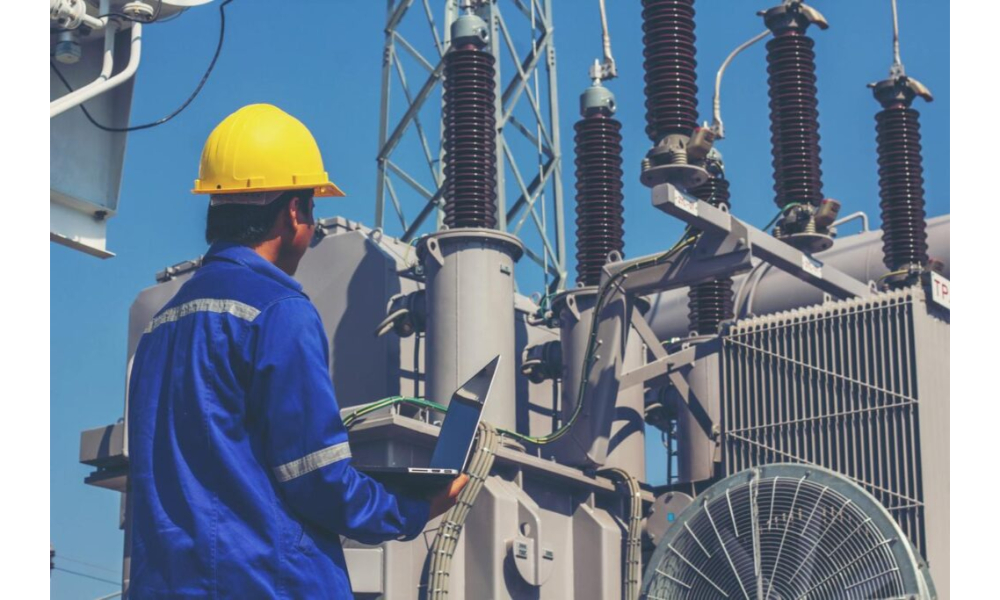Transformers are essential components in electrical systems, ensuring the smooth transfer of electricity across power networks. Whether in industrial plants, commercial buildings, or residential areas, transformers play a critical role in maintaining stable voltage and power supply. However, like any complex electrical equipment, they require regular care to operate safely and efficiently. Transformer maintenance is not just a technical requirement—it is a key factor in preventing costly failures and ensuring reliable energy delivery.
Understanding the Importance of Transformer Maintenance
Transformer maintenance involves a set of procedures designed to inspect, clean, and repair transformers to keep them in optimal working condition. Regular maintenance helps identify potential issues before they escalate into major problems. Without proper maintenance, transformers are prone to breakdowns, overheating, and even electrical fires. In addition, poorly maintained transformers can lead to energy losses, affecting overall system efficiency.
Proper transformer maintenance ensures that all components, including coils, bushings, and insulation, are functioning correctly. It also helps monitor the condition of transformer oil, which is vital for cooling and insulation. By detecting early signs of wear or contamination, maintenance can prevent unexpected downtime and extend the lifespan of the equipment.
Enhancing Safety Through Routine Checks
Safety is one of the most significant reasons for performing transformer maintenance. Transformers operate under high voltages, and any malfunction can pose serious risks to both people and property. Regular inspections and maintenance activities, such as testing insulation resistance, checking for oil leaks, and monitoring temperature levels, help mitigate these risks.
Routine transformer maintenance reduces the likelihood of catastrophic failures that could result in electrical hazards. Maintenance technicians are trained to identify potential weak points and address them before they compromise safety. This proactive approach not only protects the equipment but also ensures the safety of employees and nearby communities.
Improving Efficiency and Performance
A well-maintained transformer operates more efficiently, delivering consistent voltage and reducing energy losses. Transformers with neglected maintenance can experience issues like overheating, increased resistance, and partial discharge, all of which lower efficiency and can increase operational costs. Transformer maintenance ensures that electrical systems perform at their best, supporting uninterrupted operations and minimizing energy waste.
Efficiency gains from proper maintenance also translate into financial benefits. Businesses can save on energy bills, avoid expensive emergency repairs, and reduce the risk of equipment replacement. For large-scale operations, these savings can be substantial, making maintenance a wise investment rather than just an operational necessity.
Preventing Costly Repairs and Downtime
Unexpected transformer failures can be costly and disruptive. Repairing or replacing a damaged transformer can involve significant expenses, including equipment costs, labor, and potential downtime losses. Transformer maintenance helps prevent such scenarios by addressing minor issues early. Scheduled maintenance, such as cleaning contacts, tightening connections, and testing protective devices, keeps the transformer in peak condition and minimizes the risk of sudden failures.
By planning maintenance activities strategically, organizations can ensure continuous operation without unexpected interruptions. This reliability is particularly critical for industries that rely heavily on uninterrupted power, such as manufacturing plants, data centers, and hospitals.
Conclusion
Transformer maintenance is a vital practice for ensuring safe, efficient, and reliable electrical operations. Regular inspections, testing, and upkeep not only protect the equipment but also enhance safety, improve performance, and reduce operational costs. Ignoring maintenance can lead to serious hazards, energy losses, and unexpected downtime, all of which can have far-reaching consequences for businesses and communities alike.
Investing in routine transformer maintenance is not merely a technical formality—it is a proactive strategy that safeguards operations and extends the lifespan of valuable electrical infrastructure. By prioritizing maintenance, organizations can achieve optimal performance, cost efficiency, and peace of mind in their energy management systems.




